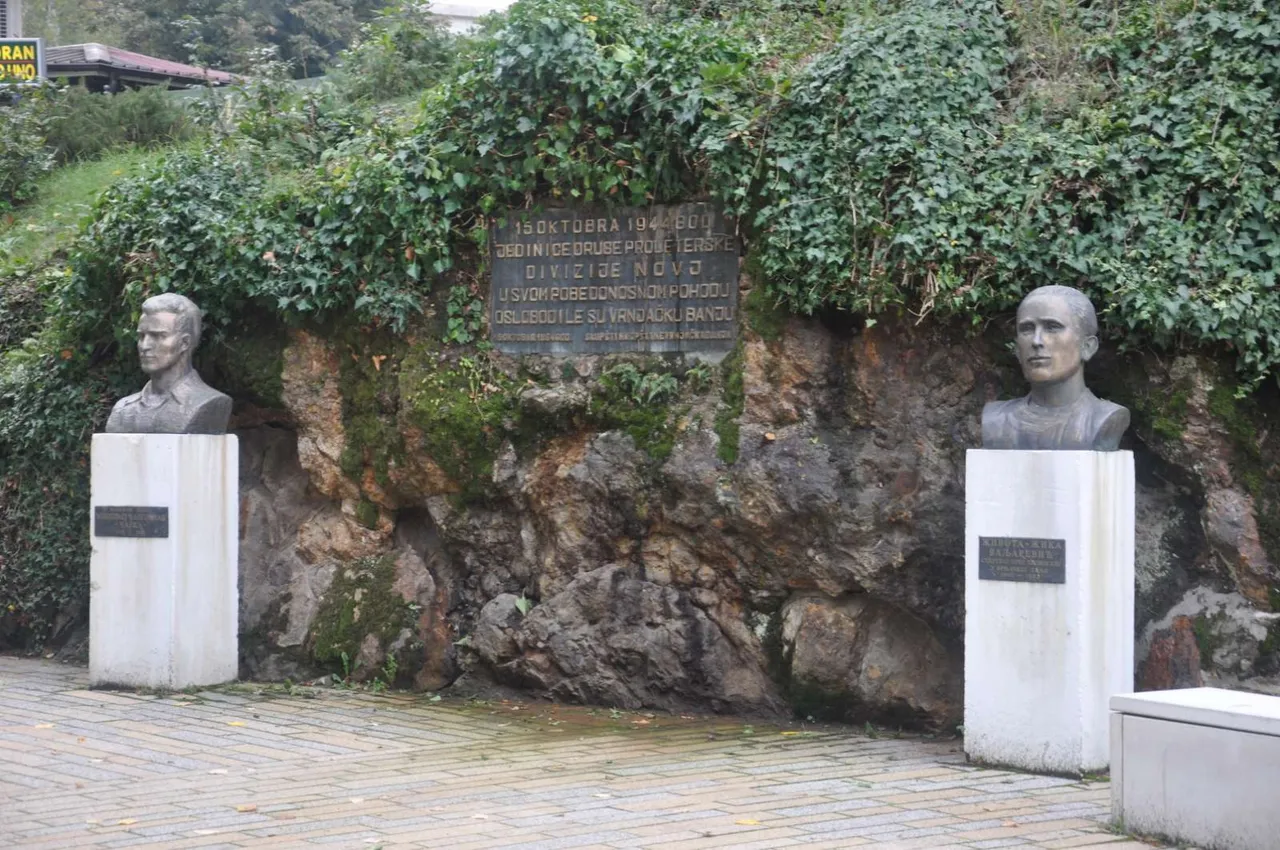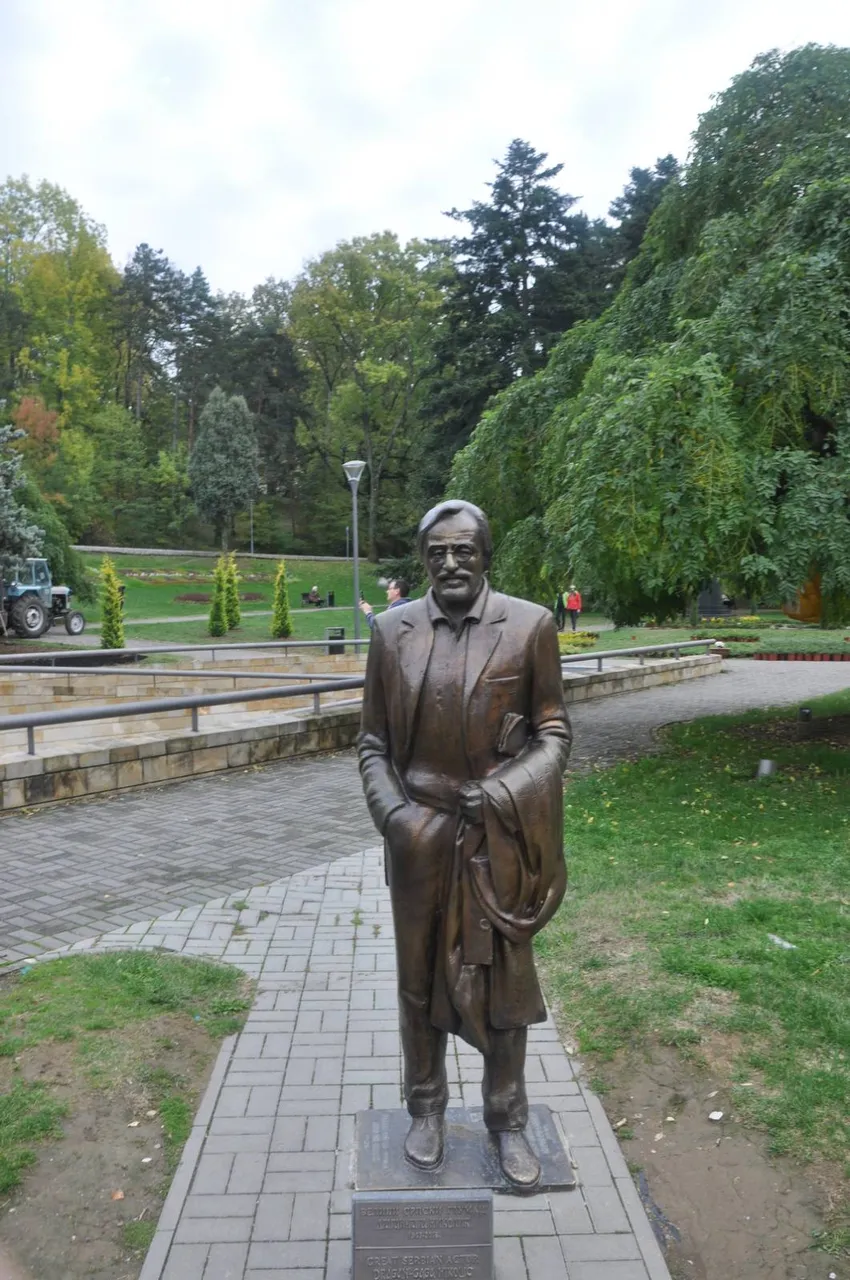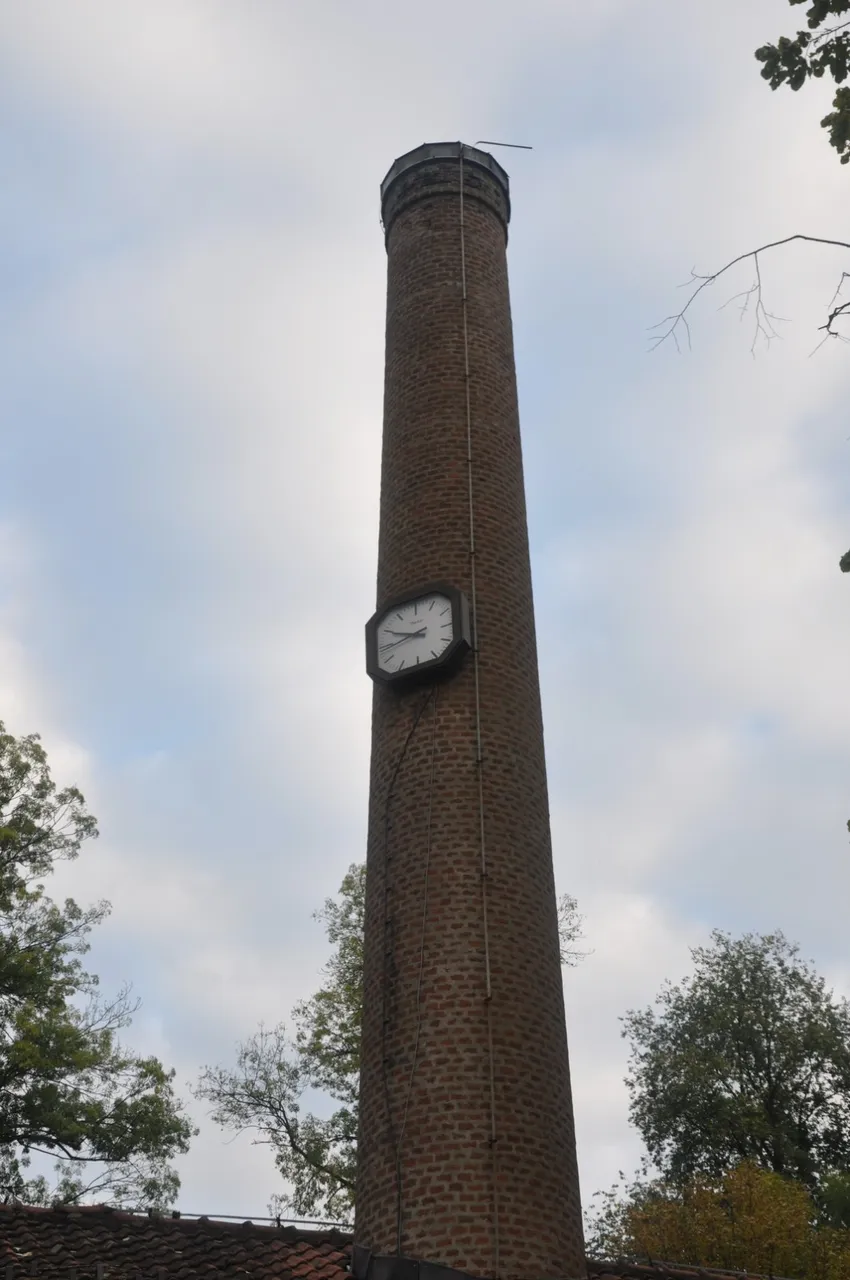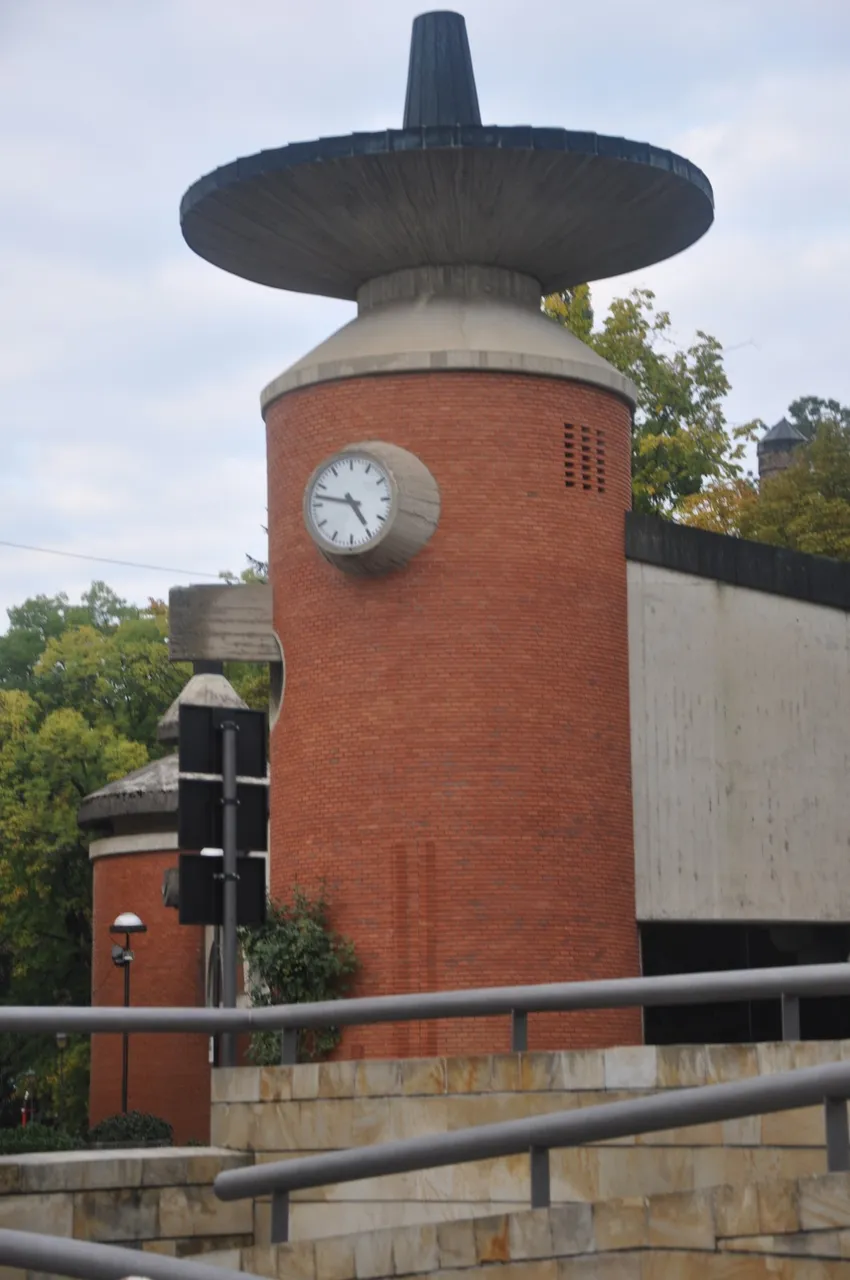
The queen of spa tourism, as Vrnjačka Banja is informally called, has long been known for its healing springs. This area has been inhabited since prehistoric times. Archaeological finds, tools from the Late Stone Age, reveal the possibility that prehistoric people also used spa springs. The healing properties of the water in Vrnjačka Banja can be heard for the first time in Roman times. They built the Aquae Orcinae health resort and the Fons Romanus hot water source on this site. It is believed that the natives, the Celtic tribe Scordisci, used water from a spring for drinking, bathing and healing. The fact that the spa water was famous in ancient times is mostly shown by the numerous gold coins that have been found. The Romans threw coins into the wells at the time. In addition to gold coins from the 2nd to the 4th century, the remains of a swimming pool were also found in the spa.
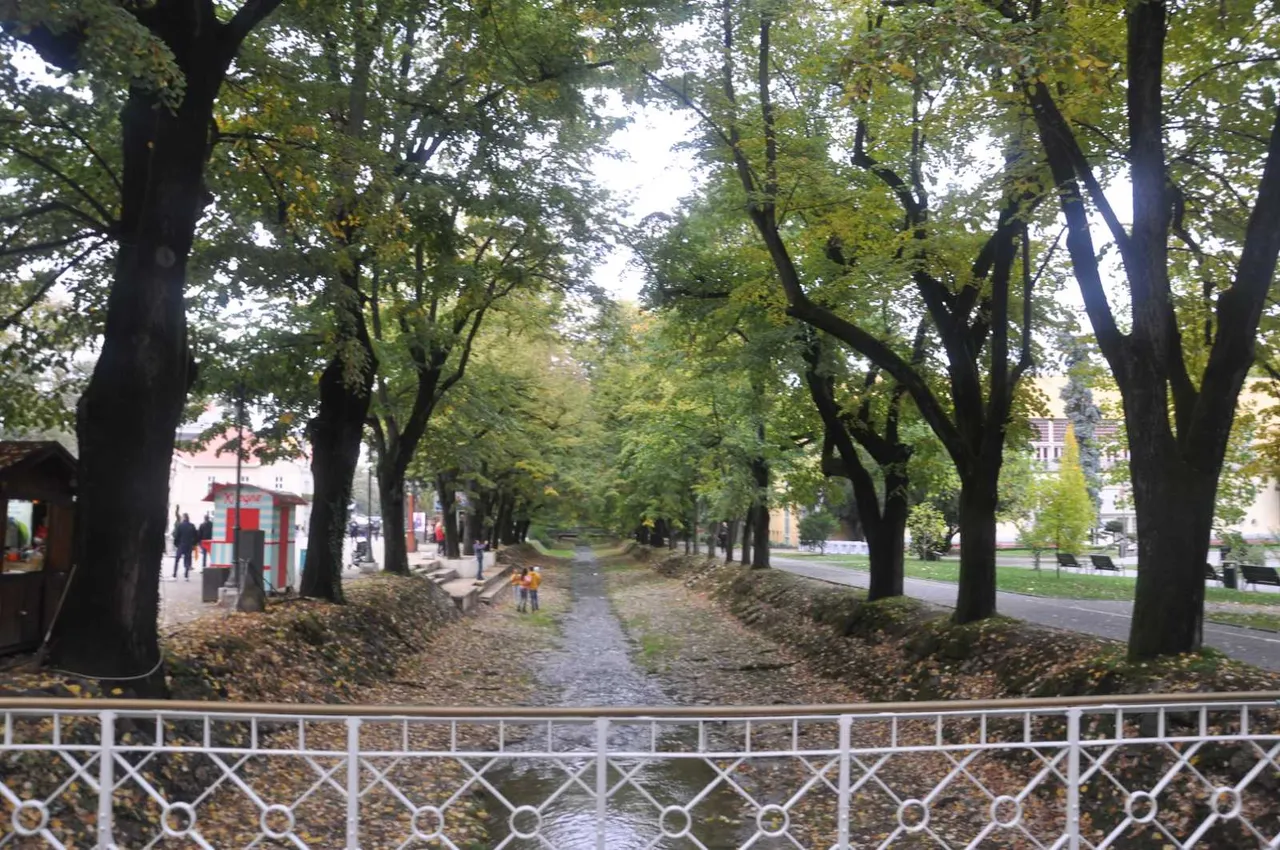

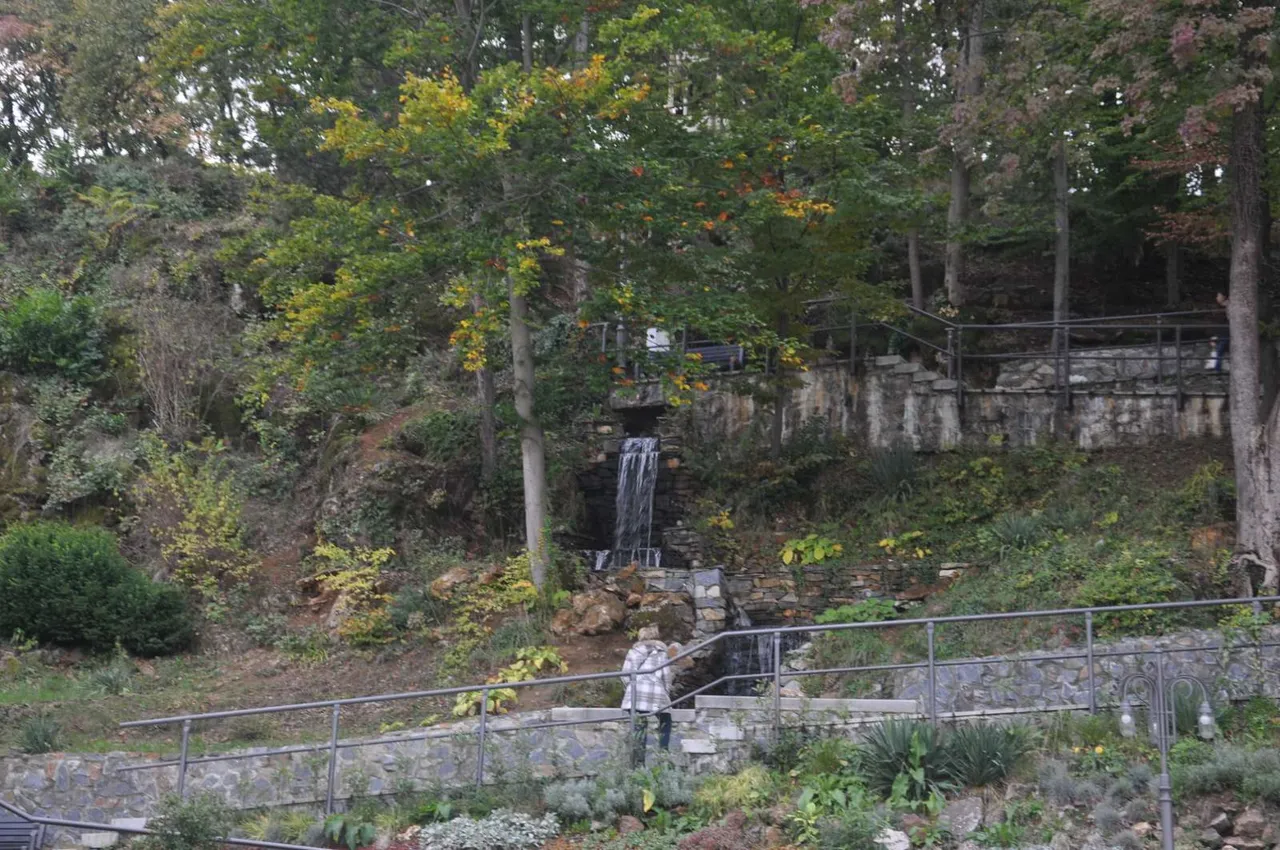
They are also believed to be southern
The Slavs knew about the healing properties of mineral waters when they settled on the Balkan Peninsula. However, little is known about the history of Vrnjacka Banja at that time. Legends mention that Turkish beys and spahis were able to come to the spa on vacation, while the local population was forced to serve them. The natives then, according to the legends, buried the springs from the revolt. In the thirties of the 19th century, in Serbia, liberated from Turkish rule, Prince Miloš Obrenović hired geologist Herder to examine mineral waters. In 1835, the Saxon baron performed the first analysis of Vranje's hot mineral water and assessed it as very high quality, comparing it with Karlovy Vary in the Czech Republic. However, the spa waited another thirty years for modern development.
The spa core was built by prominent people from Kruševac, Kraljevo and Trstenik. They united and founded the Founding Society of Sour Hot Water in Vrnjci in 1868. They bought the land on which the springs of medicinal water were located, which had been in the hands of the village bosses until then, and built the first facilities.

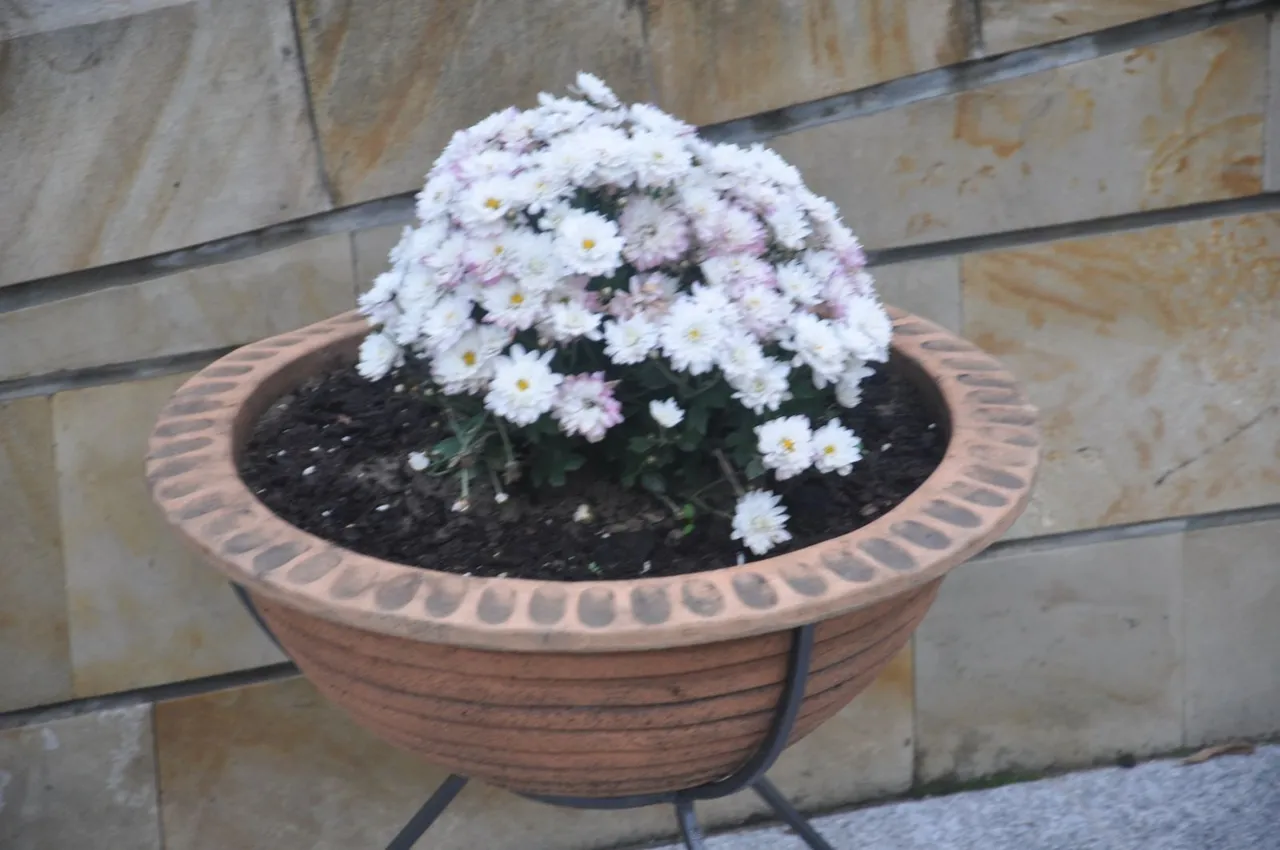
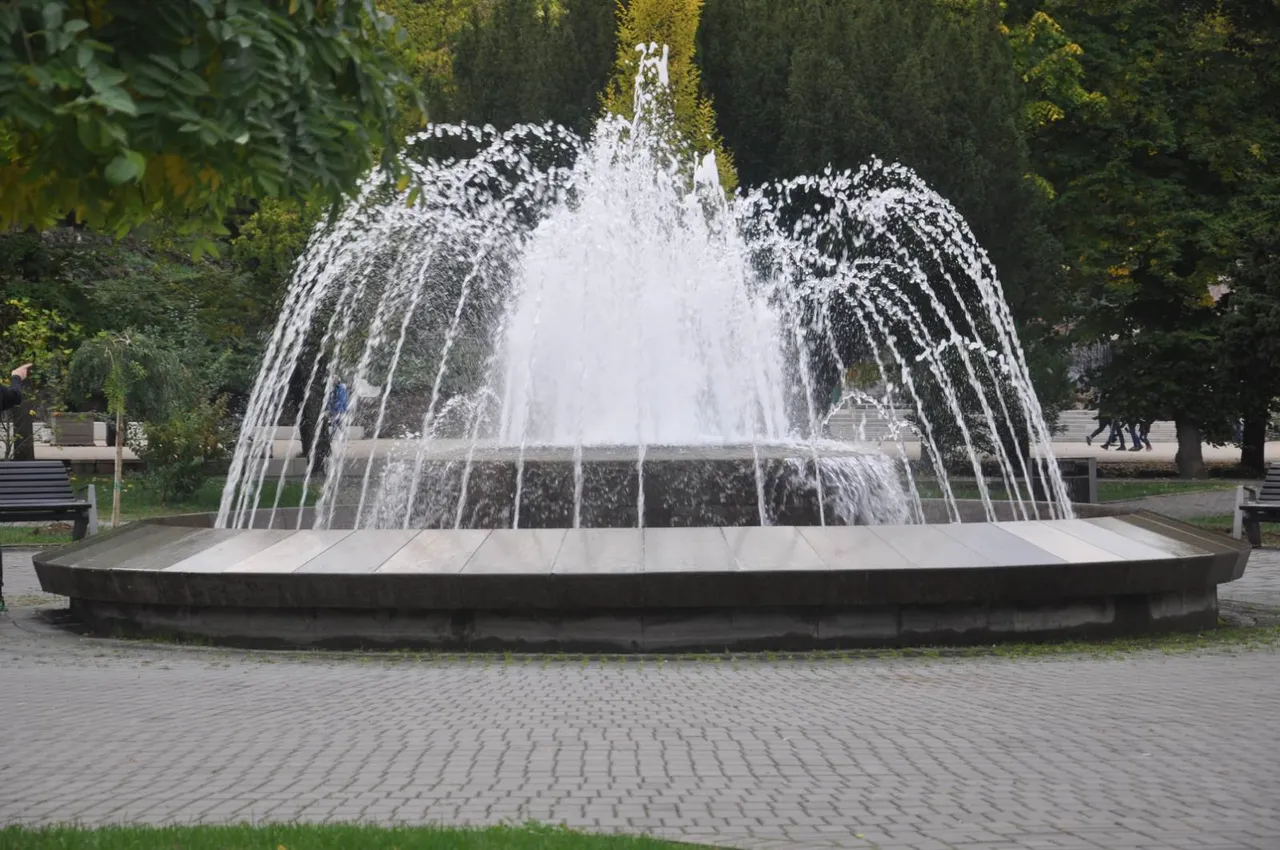
The name Vrnjačka Banja was given only after the village in whose area it was located. Only a year after the investment of the Sour Hot Water Company, the spa core became very popular. Then, the problem of accommodating guests arose, because the houses of the local population did not have the capacity to accommodate all those who wanted to come.
Next to the river, there were so-called krajnjače, huts that were intended for rent. The first catering facility was the inn from 1885 of Kosta Petrović Rakica.
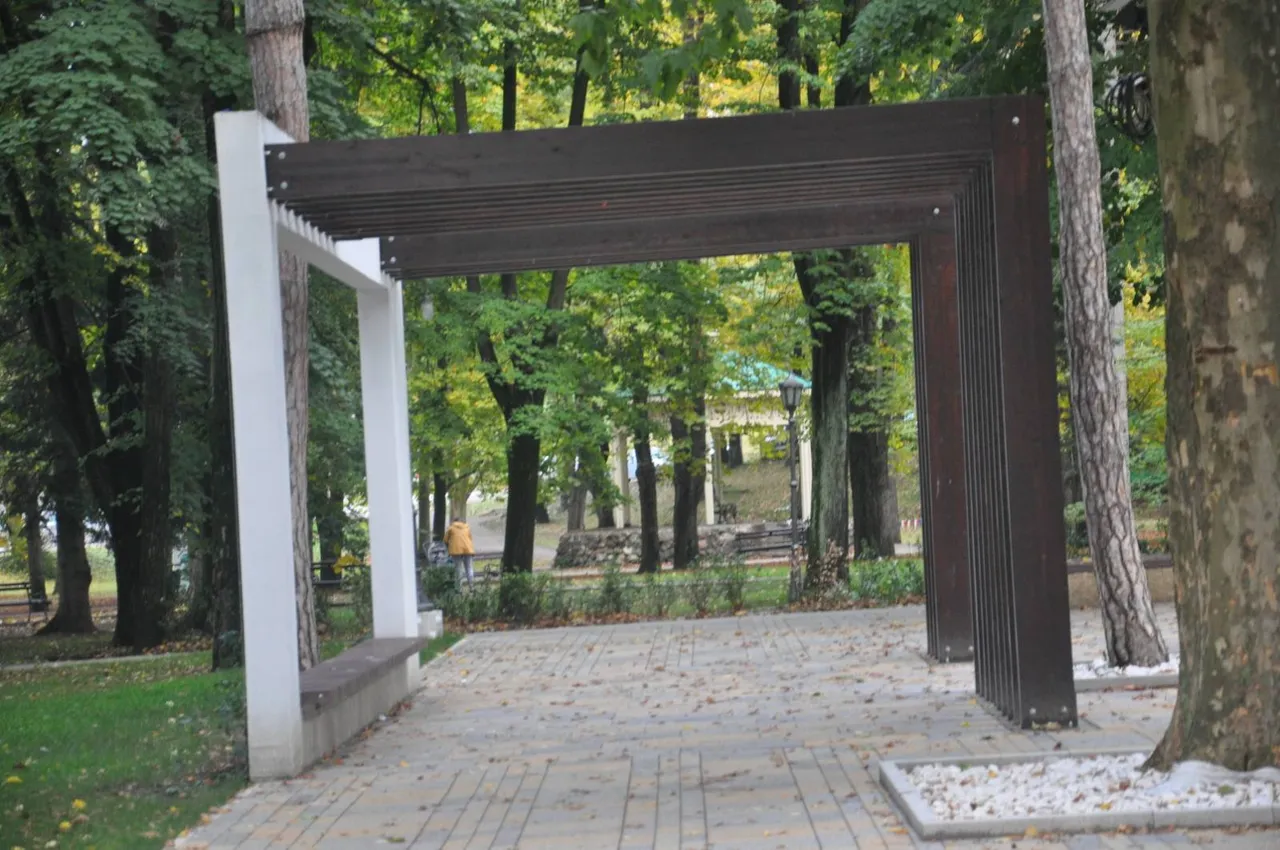
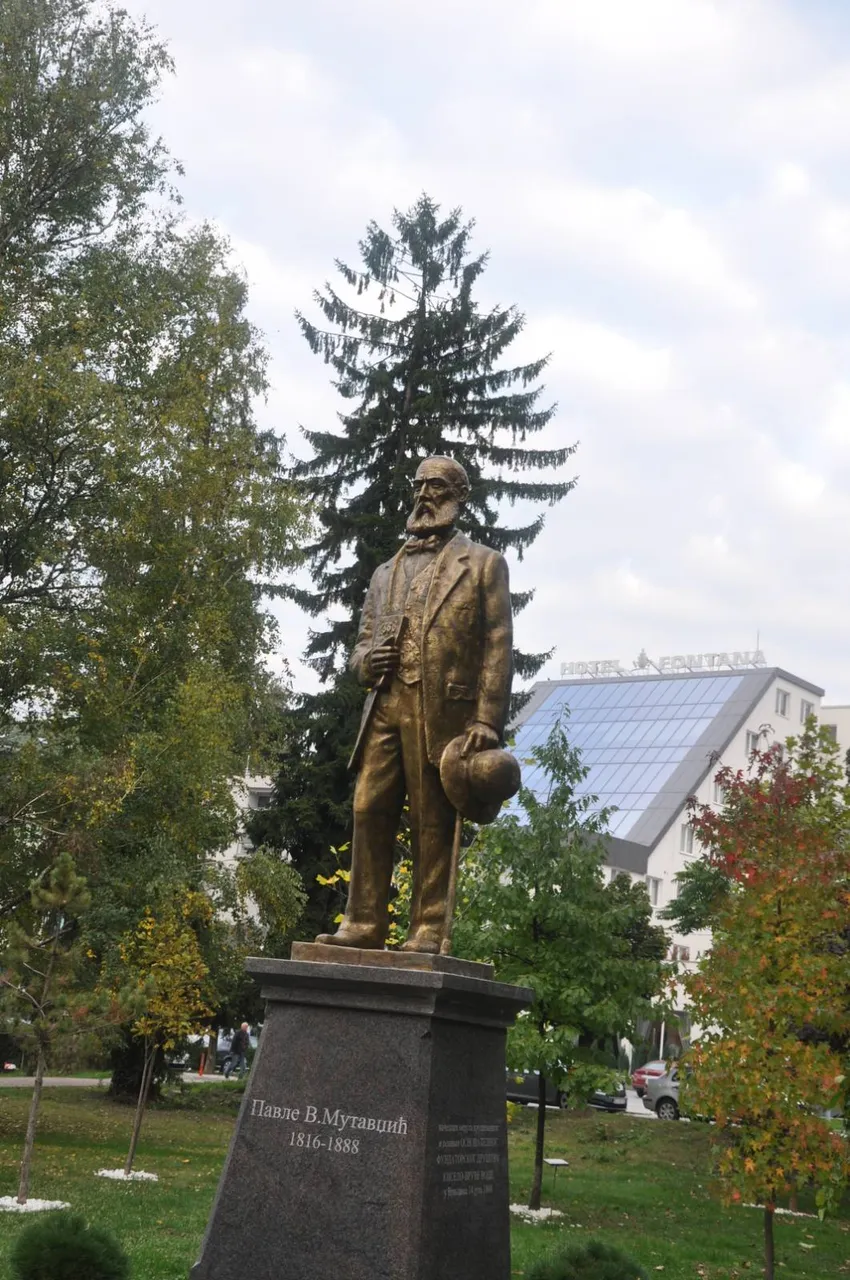
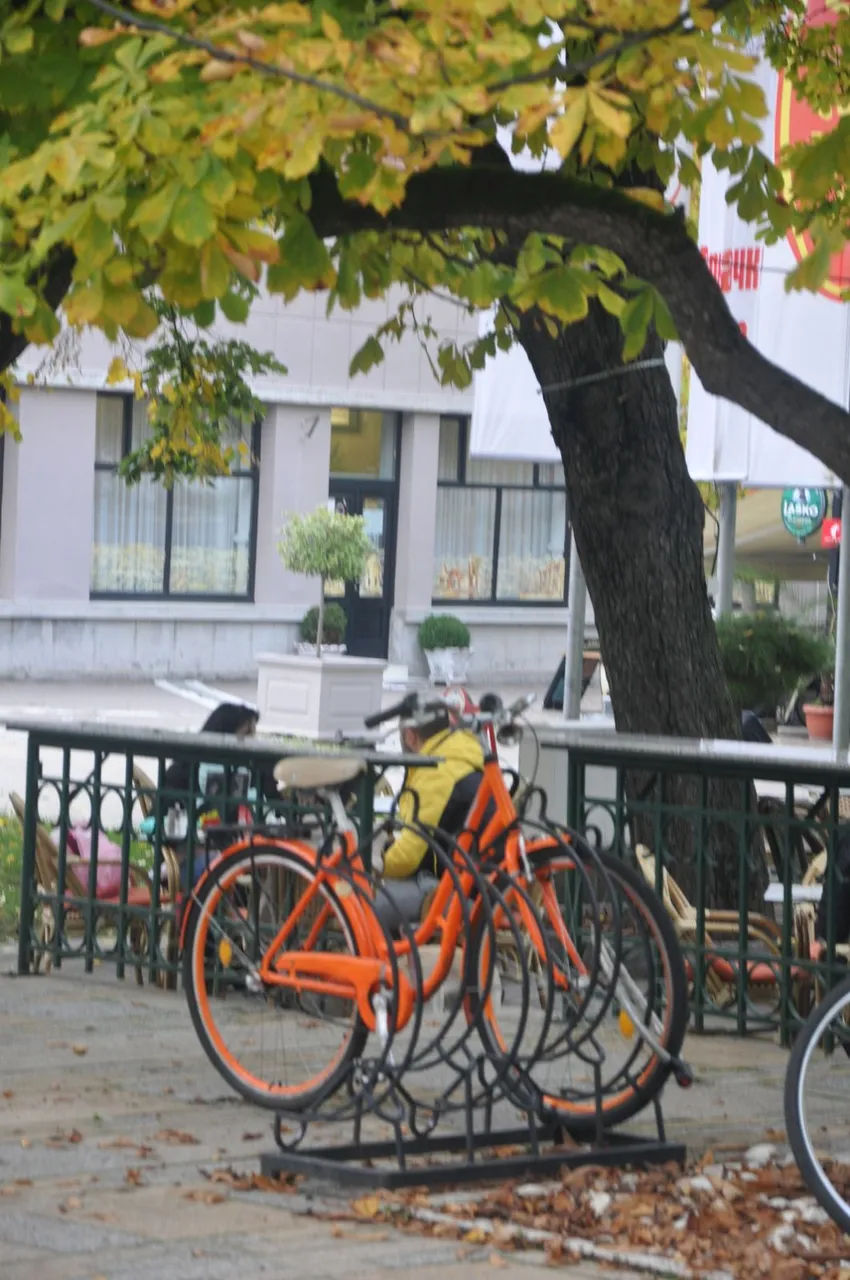
According to the curator of the museum in Vrnjačka Banja, Jelena Borović, the most important year for Vrnjačka Banja was 1888. At that time, General Jovan Belimarković, a very respectable person of that time (Minister of War,
interior works, buildings and the deputy during the reign of the minor Aleksandar Obrenović) decides to build a summer house here.
The following year, the villa in Vrnjci was visited by the king, and from then until the Balkan wars, this location was very popular with the Serbian aristocracy. Everyone who meant something in the Serbian society at the time, the officer, financial, political and cultural elite gathered in the spa, and Belimarković's summer house was also a place where some important, historical decisions were made in Serbia.
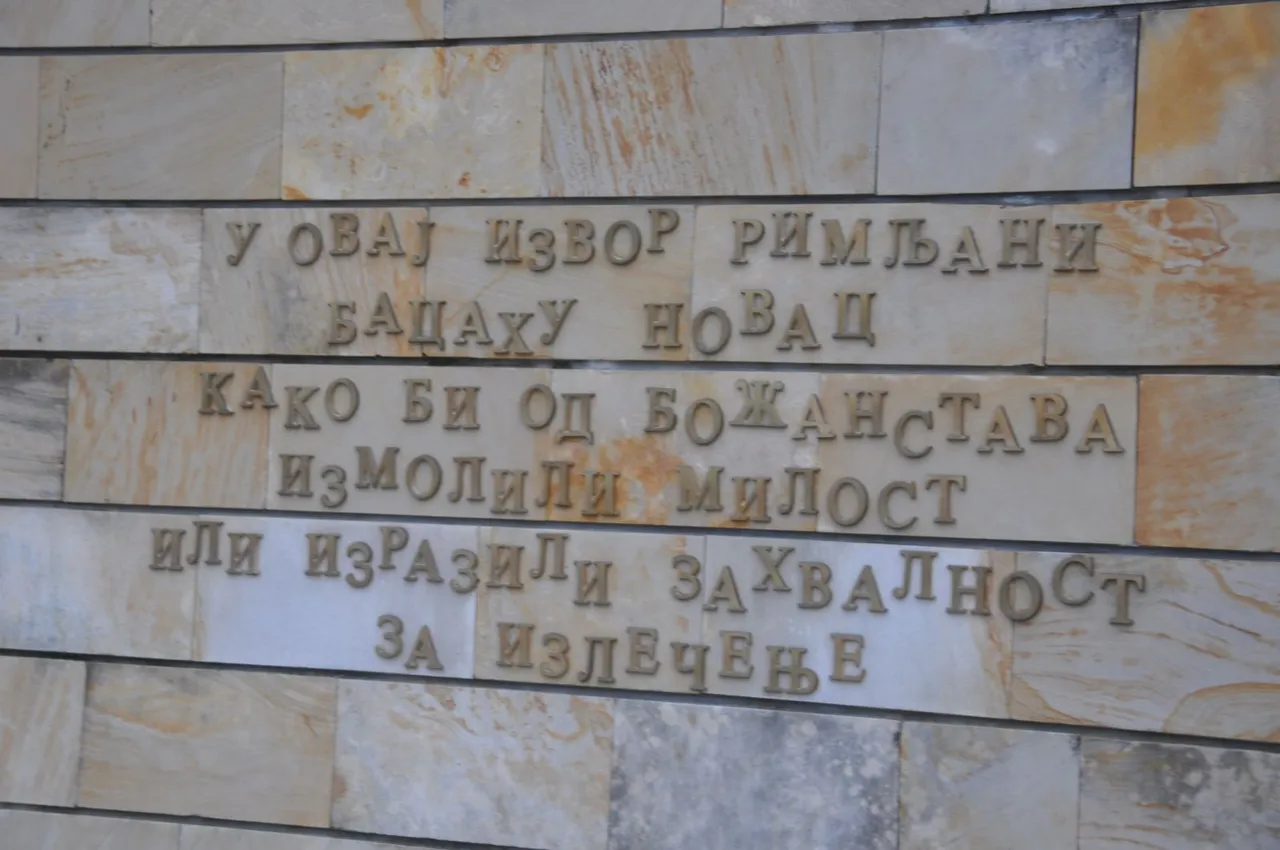
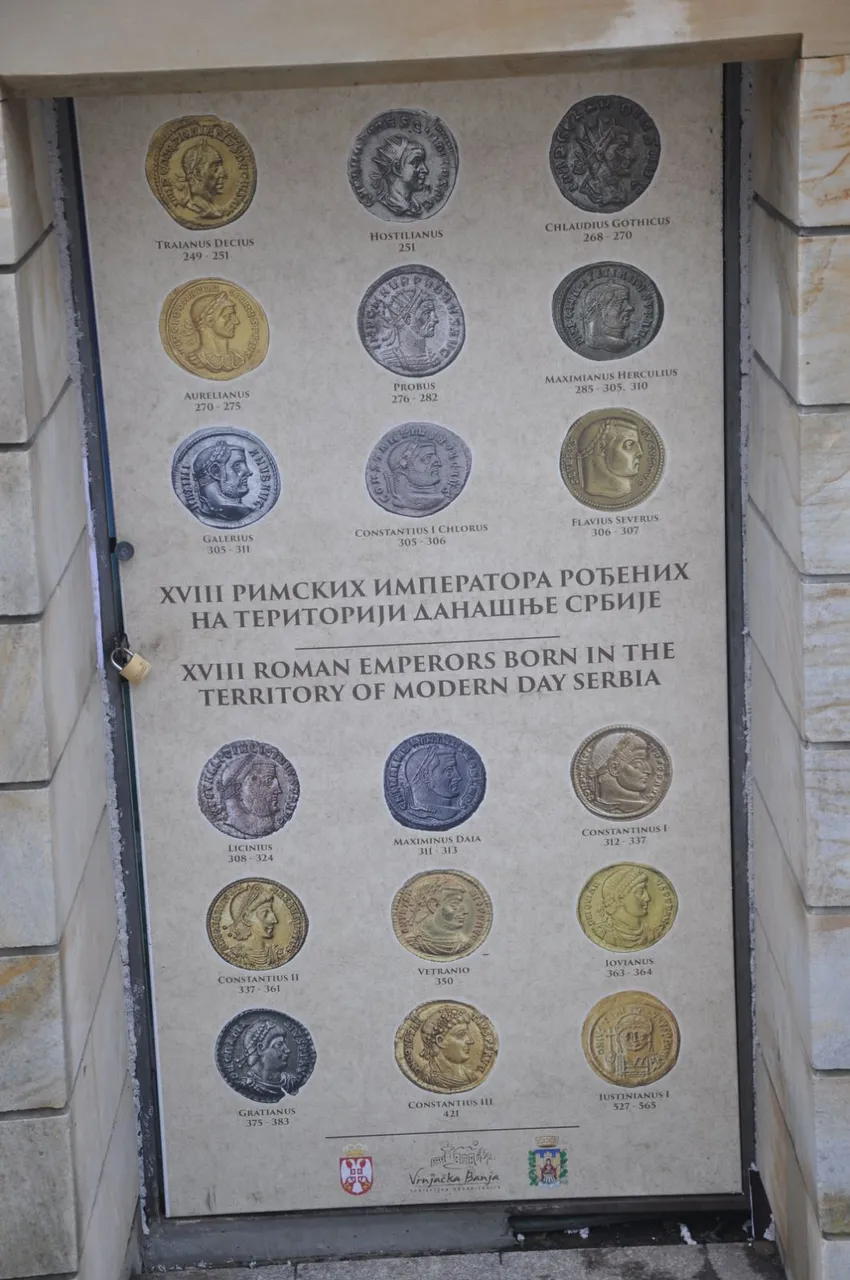
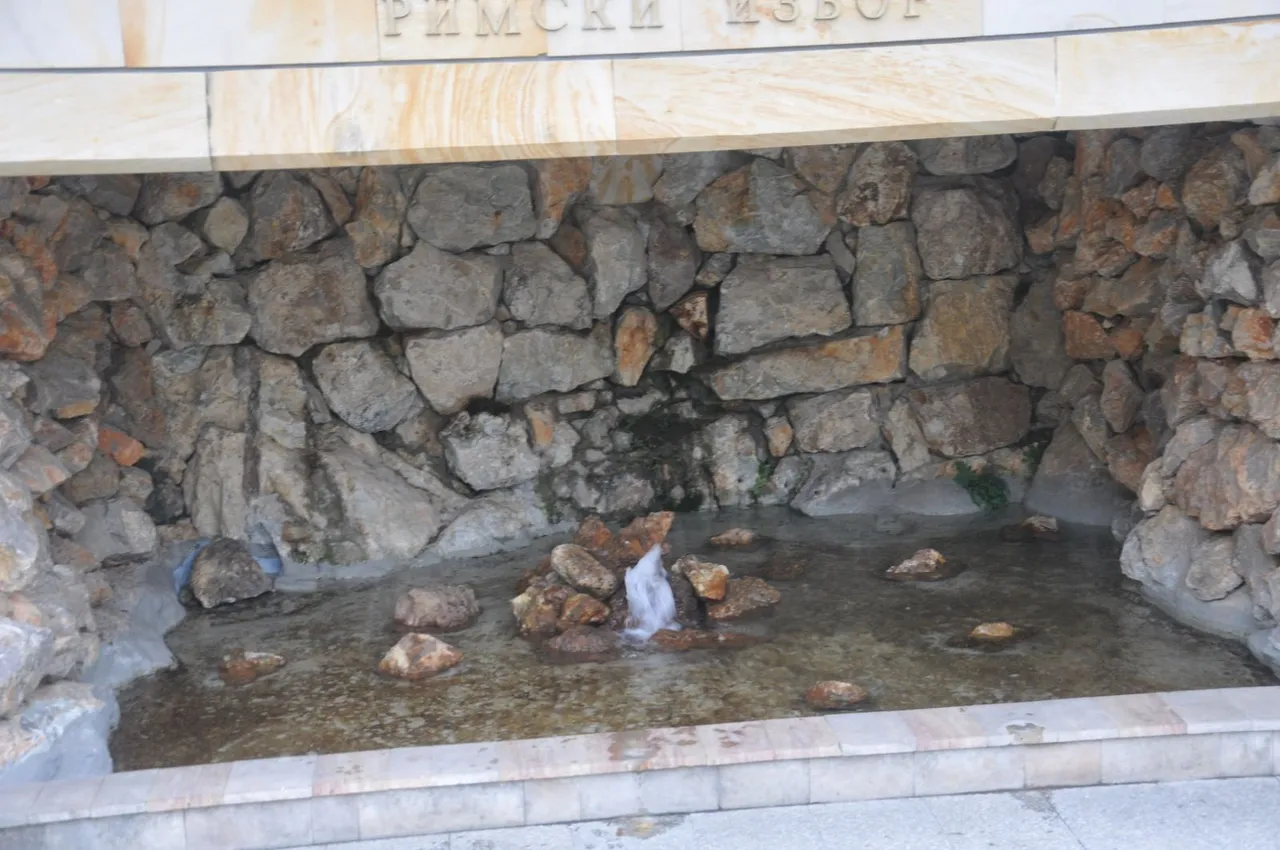
The Balkan wars and the First World War did not succeed in erasing the beauties of the spa in Vrnjci, so as soon as the war days were over, the spa flourished. Between the two wars, the elite and aristocracy of the society again chose Vrnjačka Banja as the center of their gatherings. The richest people in Serbia built villas and summer houses here, and some of them are still preserved today.
After the Second World War and with the arrival of communism, most of the villas were nationalized, and the spa changed its clientele. There is no more splendor and luxury of the elite, but patients are sent to the spa for treatment. Already in the sixties, new facilities were built, and in the eighties, the number of visitors to Vrnjačka Banja was a record, 200,000 tourists with 2 million overnight stays.
